Home>Ideas and Tips>A Beginner’s Guide To Indoor Herb Gardening
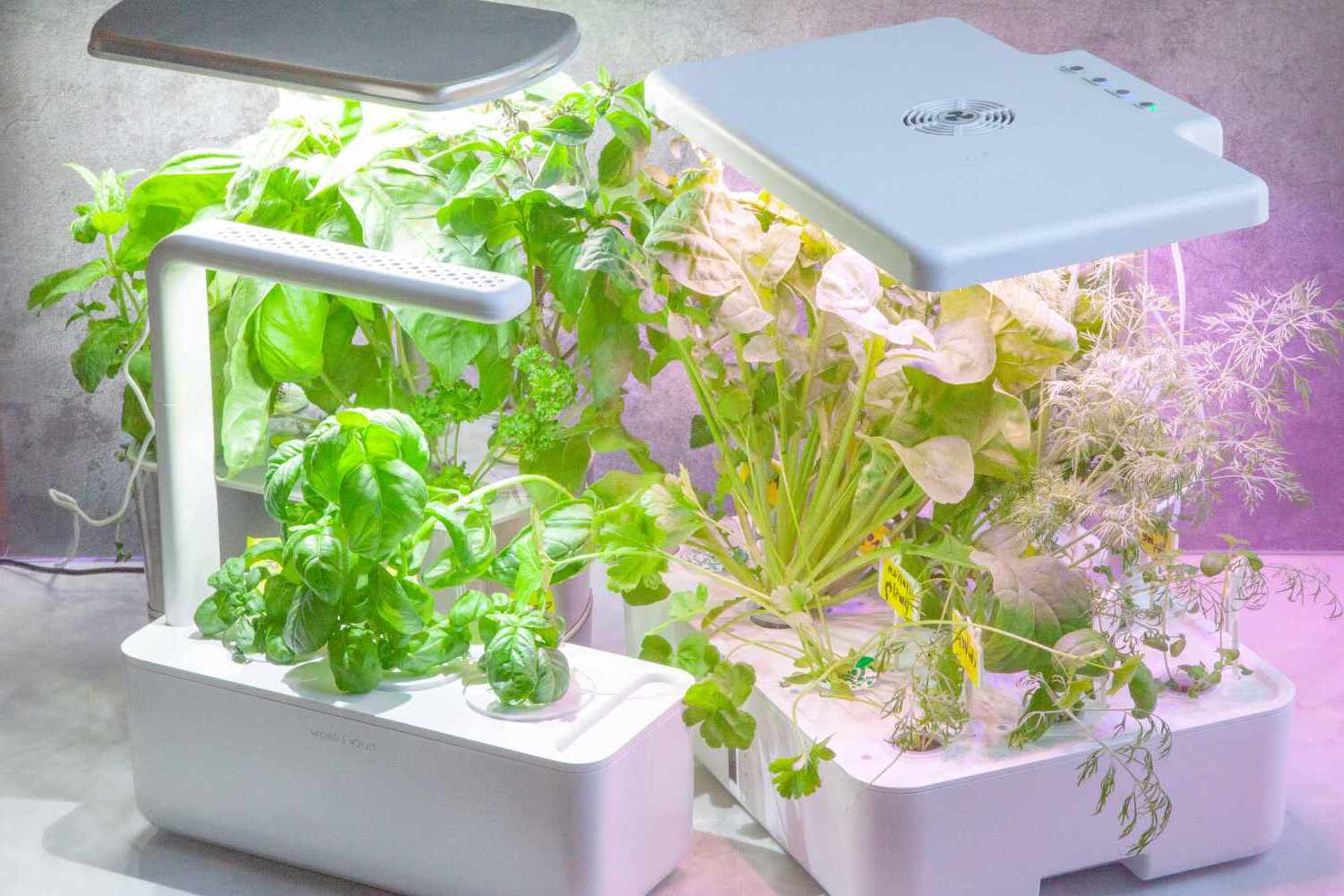

Ideas and Tips
A Beginner’s Guide To Indoor Herb Gardening
Published: November 4, 2024
Learn how to grow fresh herbs indoors year-round with our beginner's guide. Discover tips on choosing, planting, and maintaining your indoor herb garden.
(Many of the links in this article redirect to a specific reviewed product. Your purchase of these products through affiliate links helps to generate commission for Storables.com, at no extra cost. Learn more)
Welcome to Storables, your go-to resource for all things home improvement. Today, we’re diving into the wonderful world of indoor herb gardening. Whether you’re a seasoned gardener or just starting out, growing your own herbs indoors can be a rewarding and delicious experience. In this comprehensive guide, we’ll cover everything you need to know to get started and keep your indoor herb garden thriving.
Why Grow Herbs Indoors?
Growing herbs indoors is a fantastic idea for several reasons. First off, you get a year-round harvest. Unlike outdoor gardens, which are often limited by seasonal changes, indoor herb gardens can provide fresh herbs 365 days a year. Imagine having fresh basil for your pasta or mint for your tea anytime you want!
Indoor herb gardens are also incredibly space-efficient. You don't need a big backyard or a lot of space. A windowsill, a small corner in your kitchen, or even a dedicated shelf can be enough to grow a variety of herbs. This makes it perfect for apartment dwellers or anyone with limited outdoor space.
Another big plus is pest control. Indoor gardens are generally pest-free, reducing the need for pesticides and other chemicals. This means you can grow your herbs organically, which is better for you and the environment.
Fresh herbs are essential for many recipes, and having them readily available at home can elevate your cooking game. Imagine the flavor boost your dishes will get from freshly picked herbs. Plus, many herbs have air-purifying properties, which can improve indoor air quality. So, not only do you get tasty herbs, but you also get cleaner air. Win-win!
Choosing the Right Herbs
Not all herbs are created equal when it comes to indoor gardening. Some are easier to grow than others, and some require more maintenance. Here are some popular herbs that are perfect for beginners:
- Basil: A classic choice for indoor gardens, basil is easy to grow and can be used in a variety of dishes from pesto to caprese salads.
- Mint: Mint is hardy and can thrive in a variety of conditions. It's great for teas, cocktails, and desserts.
- Cilantro: Also known as coriander, cilantro is fast-growing and can be harvested in as little as two weeks.
- Chives: Chives are easy to care for and add a mild onion flavor to dishes.
- Parsley: Parsley is another low-maintenance herb that can be used as a garnish or added to soups and salads.
- Thyme: Thyme is a versatile herb that can be used in soups, stews, and roasted meats.
- Rosemary: While it can be a bit more finicky than other herbs, rosemary is worth the extra effort for its piney flavor.
Setting Up Your Indoor Herb Garden
Before you start planting, you'll need to set up your indoor herb garden. Here are some steps to get you started:
1. Choose Your Container
You can use a variety of containers for your indoor herb garden, from small pots to large planters. Consider the size of the herbs you're growing and how much space they'll need to spread out.
- Small Pots: Perfect for single plants like basil or chives.
- Large Planters: Great for multiple plants like mint or thyme.
- Window Boxes: Ideal for a windowsill setup where you can maximize natural light.
2. Select Your Growing Medium
The growing medium you choose will affect the health and growth of your herbs. Here are some popular options:
- Potting Soil: A general-purpose potting soil is fine for most herbs.
- Hydroponic Systems: These systems use nutrient-rich water rather than soil and can be very effective for indoor gardening.
- Self-Watering Planters: These planters have built-in water reservoirs that reduce the need for frequent watering.
Read more: A Beginner’s Guide To Raising Goats
3. Provide Adequate Lighting
Lighting is crucial for indoor herb gardening. Most herbs require bright, indirect light to photosynthesize properly. Here are some tips:
- Natural Light: Place your herb garden near a sunny window or use a south-facing window for maximum light.
- Grow Lights: If natural light isn't available, consider using grow lights specifically designed for indoor plants.
- LED Grow Lights: These are energy-efficient and come in various spectrums tailored to different plant needs.
4. Maintain Optimal Temperature
Different herbs have different temperature requirements, but most prefer daytime temperatures between 65°F (18°C) and 75°F (24°C). Avoid placing your herb garden near heating vents or radiators as this can cause temperature fluctuations.
5. Water Correctly
Overwatering is one of the most common mistakes in indoor gardening. Here’s how to water your herbs correctly:
- Check Moisture Levels: Stick your finger into the soil up to the first knuckle; if it feels dry, it’s time to water.
- Water Thoroughly: Water your herbs thoroughly until water drains out of the bottom of the pot.
- Avoid Overwatering: Let the top inch of soil dry out between waterings to prevent root rot.
Taking Care of Your Herbs
Once you've set up your indoor herb garden, it’s time to focus on maintenance. Here are some tips to keep your herbs healthy and thriving:
1. Prune Regularly
Pruning helps control the size of your herbs and encourages bushy growth. Use scissors or pinch off individual leaves to keep your herbs looking their best.
2. Fertilize Occasionally
Herbs need nutrients to grow well. Use a balanced fertilizer once a month during the growing season (spring-fall).
3. Monitor Pests
While indoor gardens are generally pest-free, it’s still important to check regularly for any signs of pests like spider mites or mealybugs.
4. Repot as Needed
Herbs typically need to be repotted every 6-12 months as their roots outgrow their containers.
Read more: A Beginner’s Guide To Minimalist Living
Common Problems and Solutions
Every gardener faces challenges along the way. Here are some common problems you might encounter with your indoor herb garden along with their solutions:
1. Wilting Leaves
Solution: Check if your herbs are getting enough water or if they're exposed to drafts that could cause wilting.
2. Yellowing Leaves
Solution: Yellowing leaves often indicate overwatering or nutrient deficiencies. Adjust your watering schedule and consider fertilizing if necessary.
3. Pests
Solution: Use neem oil or insecticidal soap to treat infestations of spider mites or mealybugs.
Read more: How To Start An Indoor Garden For Beginners
4. Slow Growth
Solution: Ensure that your herbs are receiving enough light and nutrients by adjusting their placement and fertilizing accordingly.
Harvesting Your Herbs
The best part of indoor herb gardening is harvesting fresh herbs right from your own home. Here’s how you can do it:
1. Pinch Off Leaves
For most herbs like basil and parsley, simply pinch off individual leaves as needed.
2. Cut Stems
For herbs like rosemary and thyme, cut stems just above a node (where a leaf meets the stem). This encourages new growth from that node.
3. Harvest Before Flowering
Most herbs produce flowers when they reach maturity which can divert energy away from leaf production; harvest them before flowering for optimal flavor and aroma.
Conclusion
Growing your own herbs indoors is an incredibly rewarding experience that can enhance your cooking and add beauty to any room in your home. By choosing the right herbs for your climate and needs, setting up an optimal growing environment with proper lighting and watering techniques, maintaining regular care practices like pruning and fertilizing, monitoring common problems such as pests or nutrient deficiencies, and harvesting at the right time will ensure that you enjoy fresh flavorful herbs all year round!
Whether you're looking to add some greenery to your kitchen or simply want access to fresh ingredients whenever you need them—indoor herb gardening offers countless benefits making it an ideal hobby for anyone looking to improve their home environment while also enhancing their culinary skills!
Happy gardening!
Additional Tips:
- Experiment with Different Herbs: Try growing different types of herbs like dill or oregano which might have unique requirements but offer new flavors in your cooking repertoire.
- Use Herbs in Decor: Incorporate potted herbs into decorative arrangements around your home; they add both aesthetic appeal as well as fragrance making them versatile additions beyond just culinary purposes.
- Share with Friends & Family: Indoor herb gardens make great gifts; share some fresh cuttings with friends who might appreciate having their own mini-garden at home too!
By following these steps outlined above—from choosing suitable containers through regular maintenance—you'll be well on your way towards creating thriving indoor herb gardens that provide endless enjoyment throughout every season.
Was this page helpful?
At Storables.com, we guarantee accurate and reliable information. Our content, validated by Expert Board Contributors, is crafted following stringent Editorial Policies. We're committed to providing you with well-researched, expert-backed insights for all your informational needs.
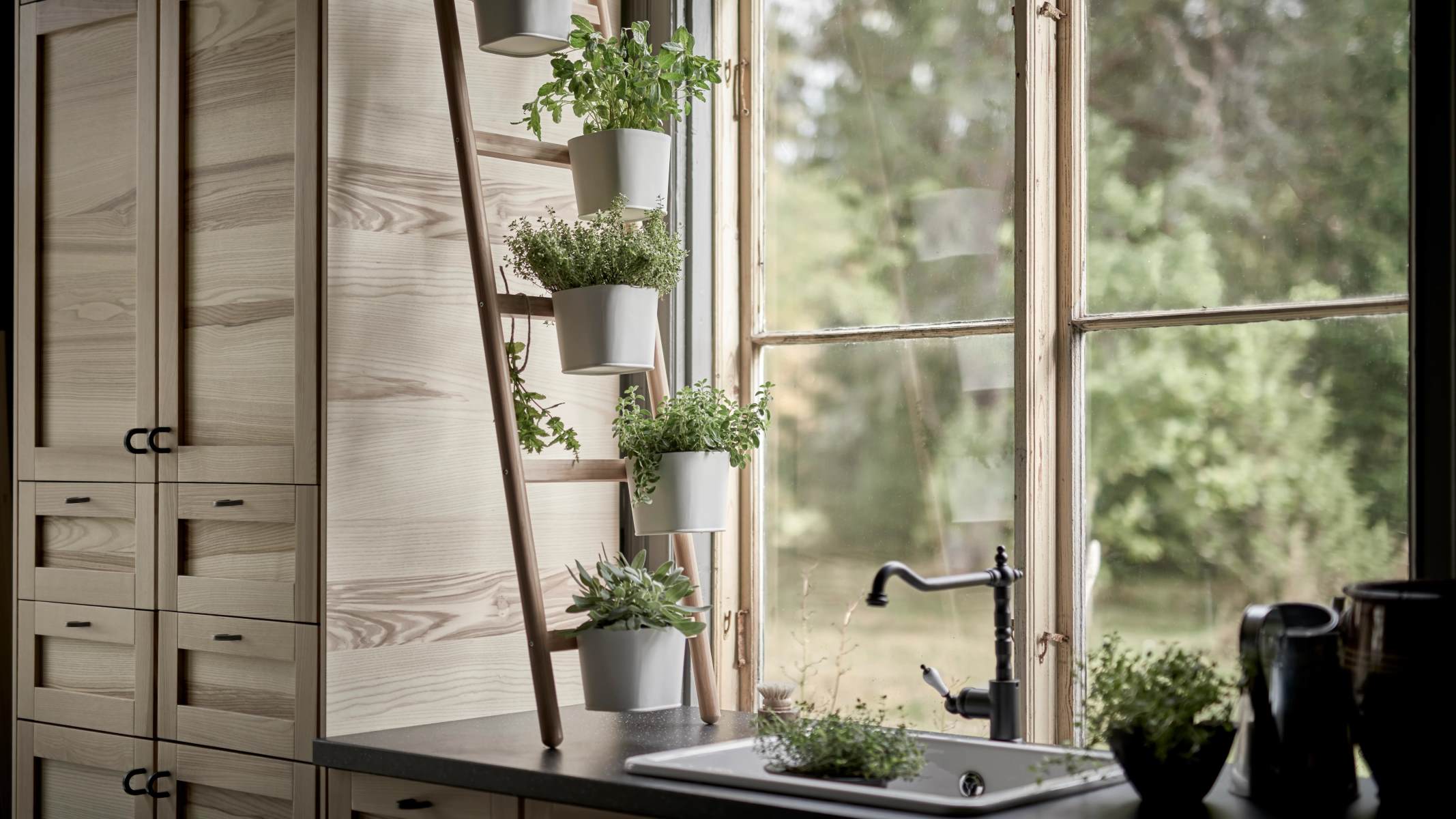
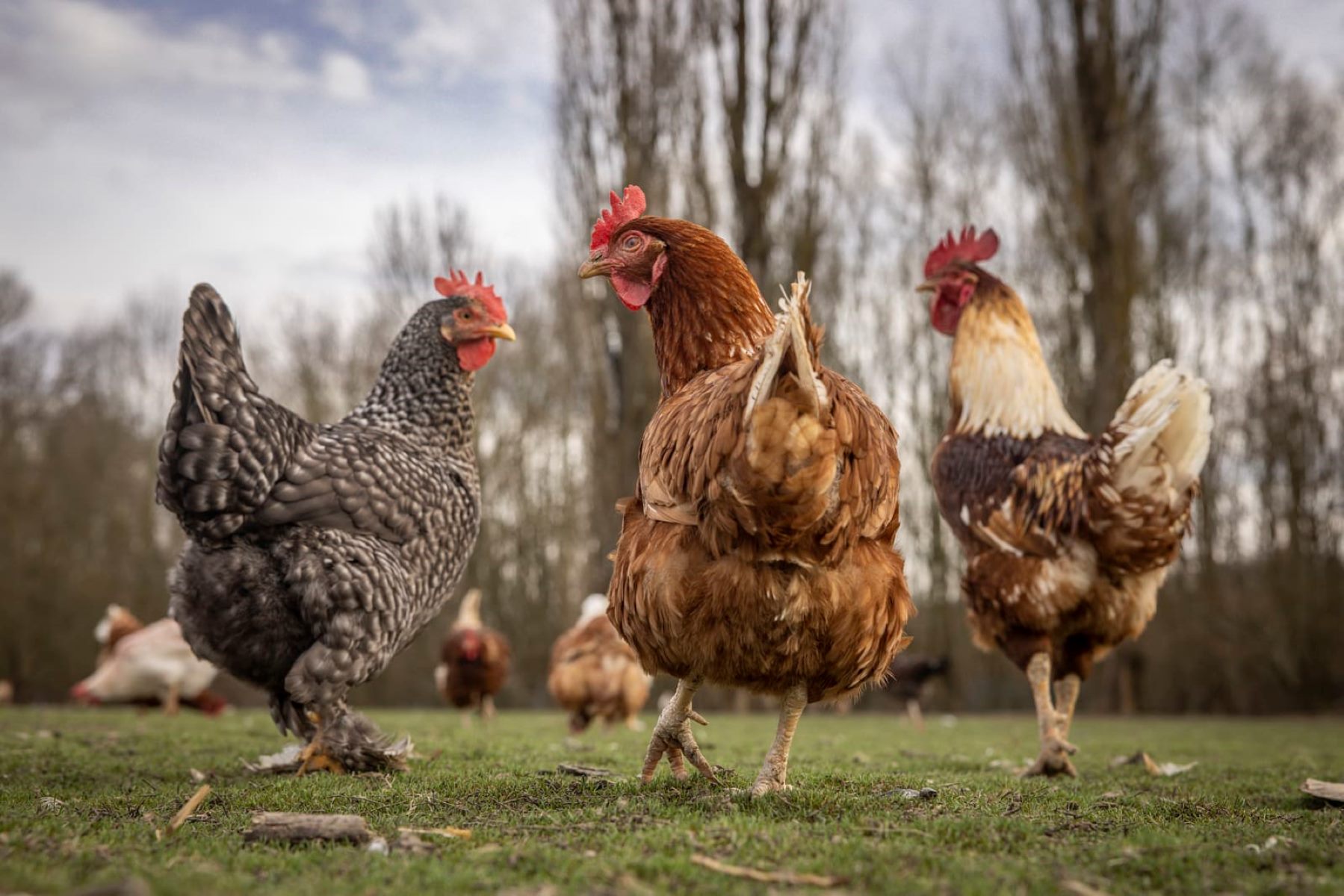
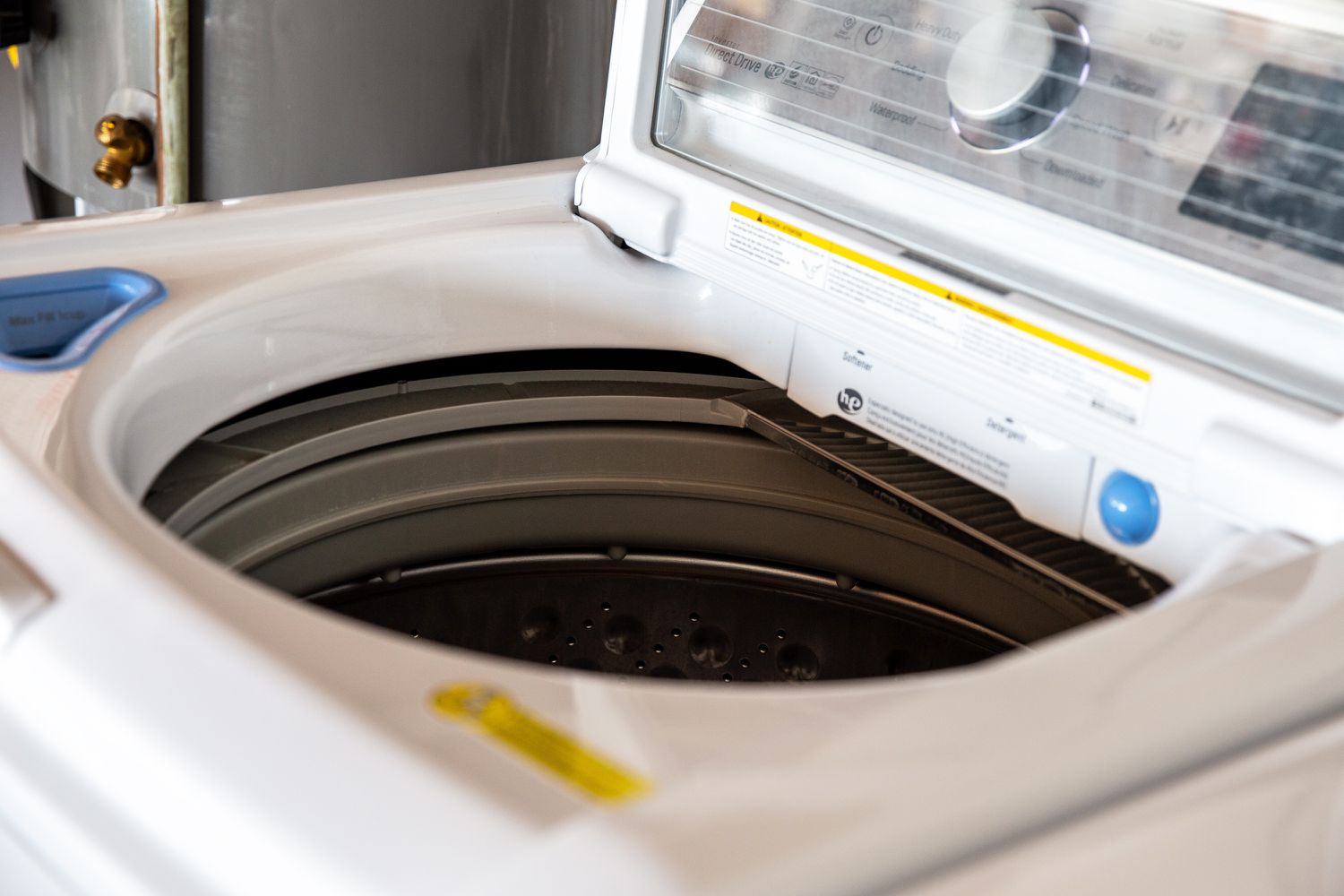
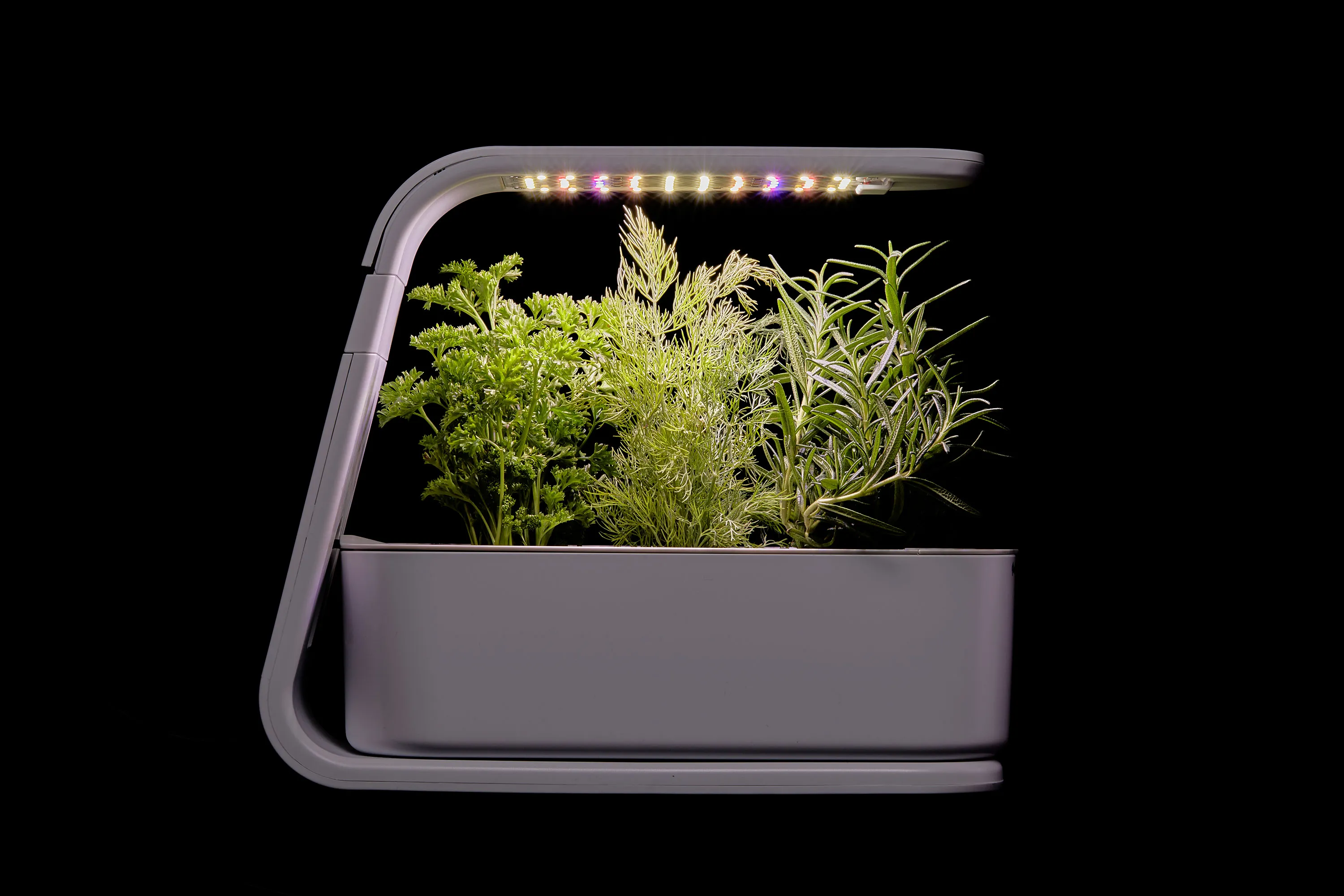
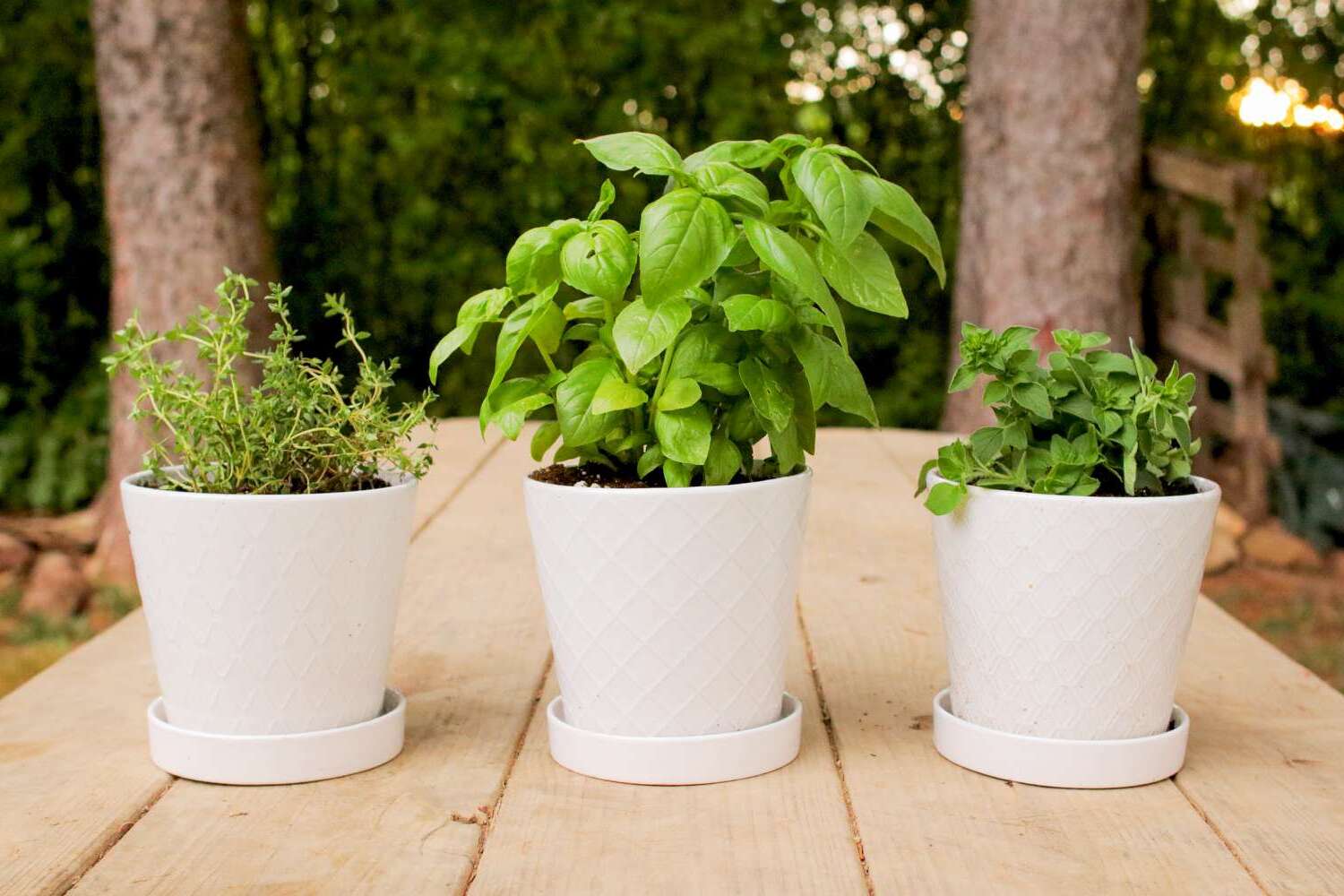
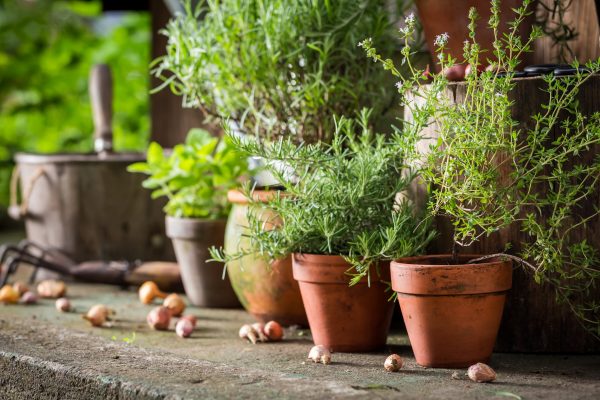
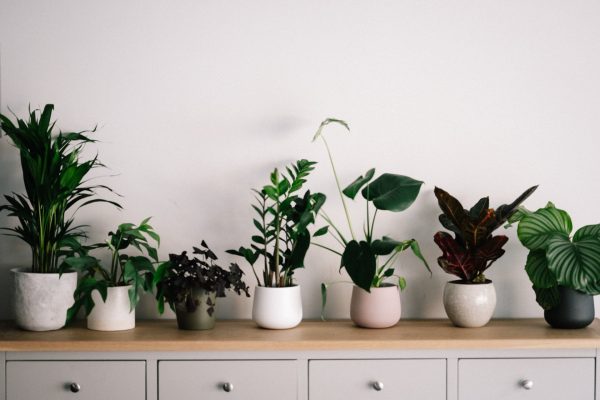

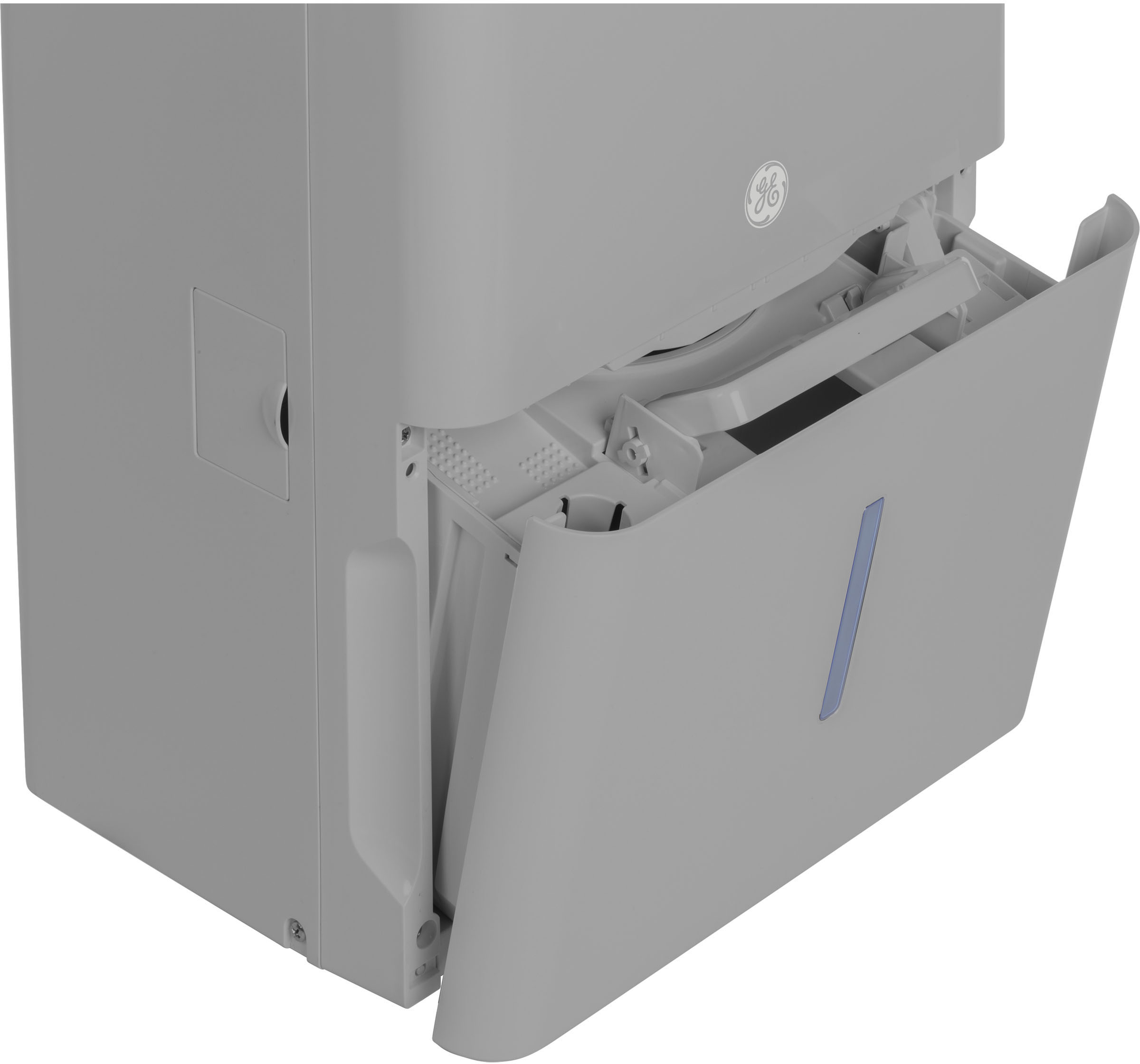


0 thoughts on “A Beginner’s Guide To Indoor Herb Gardening”